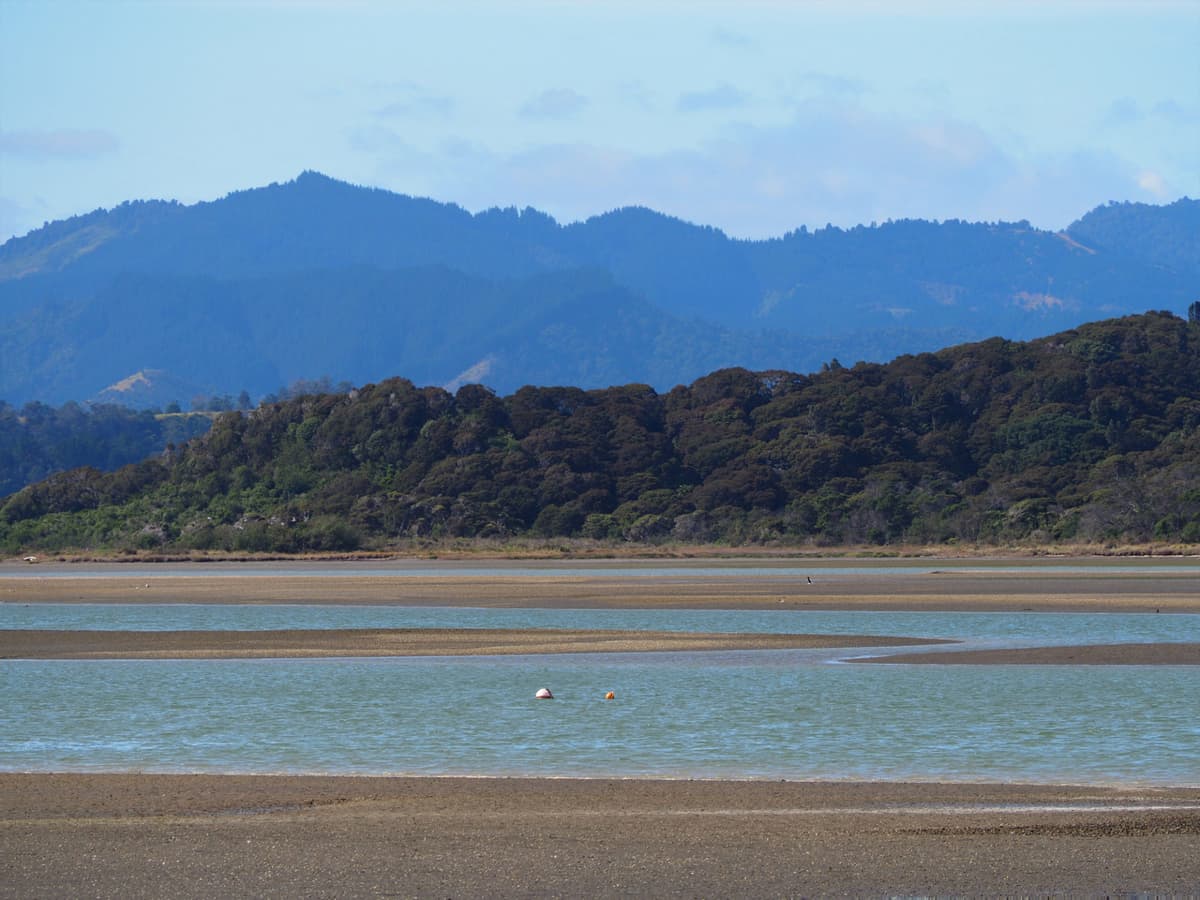

Posted on Saturday 22 May 2021
Mud can have significant consequences for marine food chains, light availability for kelp forests and nutrient cycling.
A panel of 4 marine experts provided a range of perspectives on why too much mud is bad news for our estuaries, and what we can do about it.
Conrad Pilditch (University of Waikato), the Degradation and recovery research theme leader, led the opening and closing, and provided context for the holistic management of estuaries.
“Ecosystem-based management approach has been identified as the mechanism and the tool which will allow us to maintain healthy ecosystems but also have a thriving and healthy blue economy.”
Kura Paul-Burke (University of Waikato) provided tangata whenua perspectives on too much mud and co-management arrangements.
“In terms of mahinga kai, understanding the role of sediments as a driver of change has real world tangible impacts, not only ecologically, but culturally as well.”
Simon Thrush (University of Auckland) presented biophysical science behind too much mud – even a small addition of >3% of mud can lead to critical ecosystem shifts.
“There are lots of things we can do right now that wouldn’t be that expensive that would be helpful [to our estuaries].”
Management can help keep estuaries from reaching this critical tipping point.
Megan Carbines (Auckland Council) provided examples of current estuary management issues for regional councils.
“We took decades to build these basins up with mud. It’s not going to be a quick fix, so people have to hang in for the long haul to see the outcome.”
A Q&A session was held after the presentation, and one attendee asked:
How can social science support managers and scientists in estuary management?
“One of the barriers is when you put these [management] measures in place, there are costs associated with those,” said Megan.
“Social science can really help bring together different viewpoints and values ... and bring a community together to agree on what they want and the levels of risk they are willing to accept.”
“In terms of social science we can actively engage in transdisciplinary research that promotes co-developed questions and understandings, not only with community, but also with hapū and iwi,” said Kura.
Community engagement is essential with community, hapū and iwi to ensure that intergenerational and place-based knowledge is included in management decisions.

